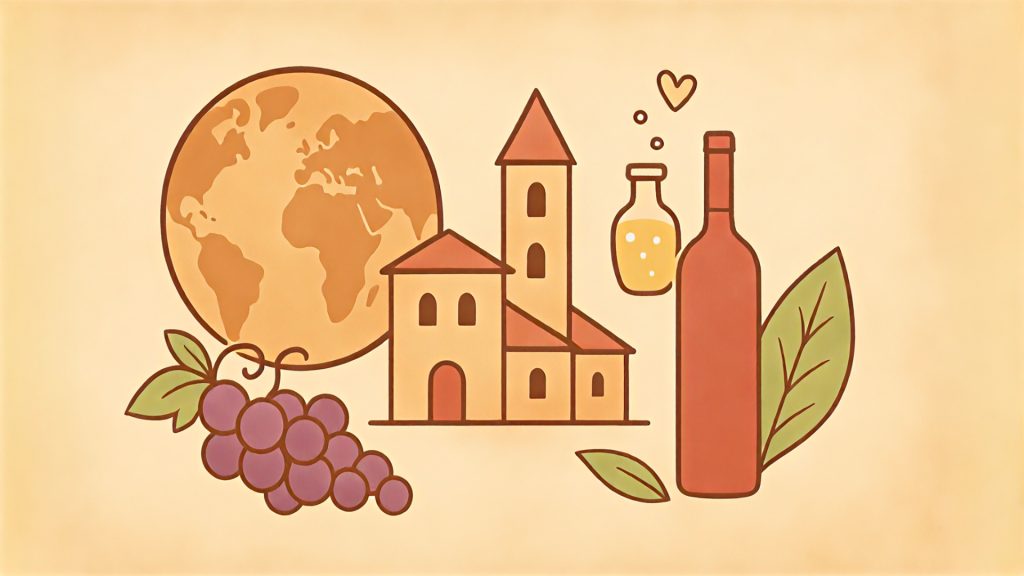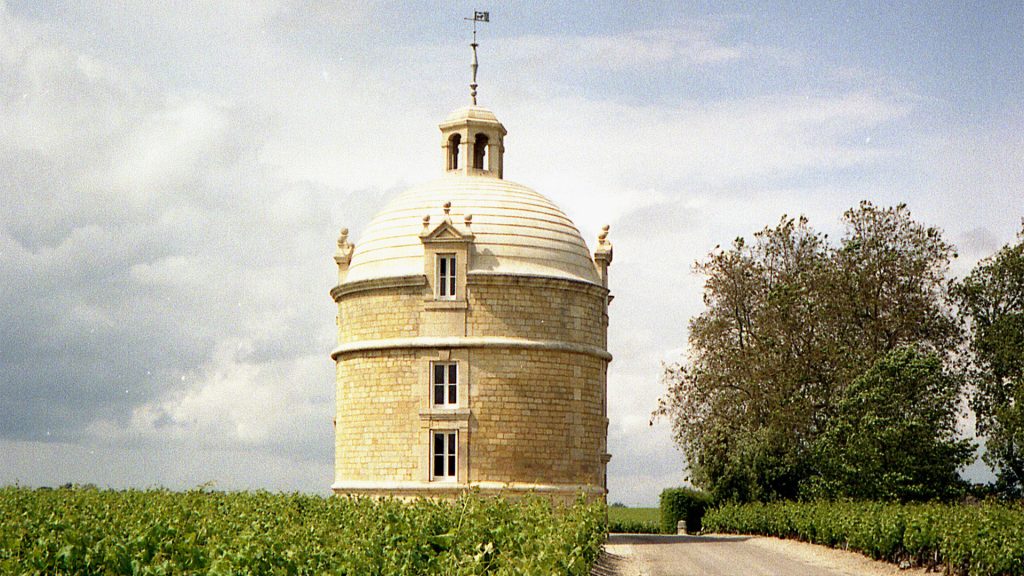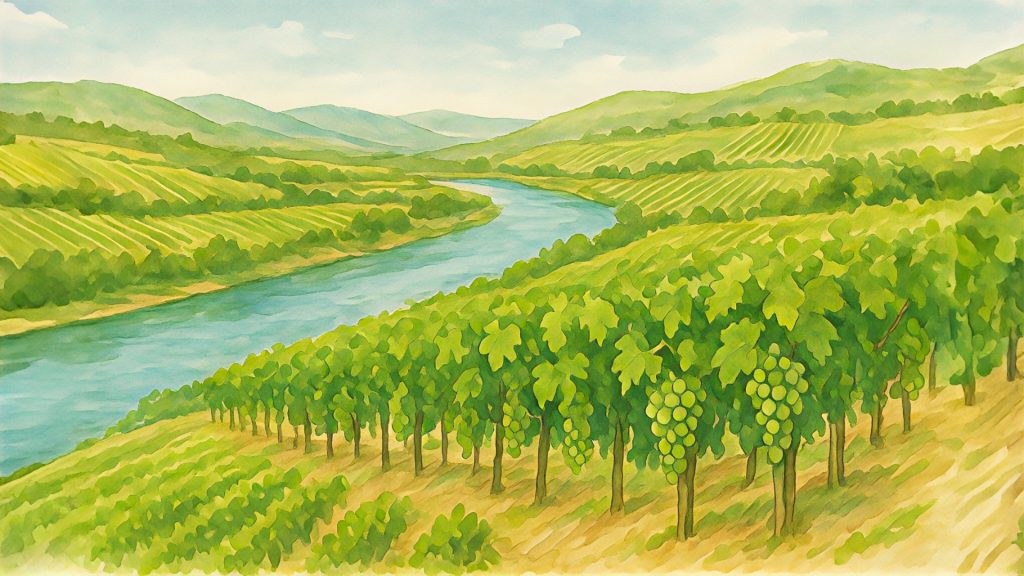Almaviva’s 2023 release on La Place de Bordeaux has turned heads with a steep price cut to €75 ex-negociant (down 34.8% from 2022) and £924 per 12×75 ex-London (down 33.6%). Coupled with scores of 95-97 points, this vintage from the Baron Philippe de Rothschild and Viña Concha y Toro partnership raises questions: is this a bold recalibration or a reaction to a softening fine wine market?
The 2023 blend—74% Cabernet Sauvignon, 19% Carménère, 5% Cabernet Franc, 2% Petit Verdot, and 3% Merlot—reflects Puente Alto’s warm, dry vintage. Matured for 20 months in 73% new French oak, it balances ripe fruit with fine tannins. James Suckling’s 97-point review lauds its “roundness and smoothness” with “sweet berries and subtle cedar,” drinkable from 2026. Joaquín Hidalgo (Vinous, 96 points) highlights “lavender, violet, and juicy blackberry” with a “fresh, sustained finish.” Jane Anson (95 points) notes “sandalwood, spiced plum, and salted cracker salinity,” projecting a 2027-2040 window.
Subscribe to our newsletter
Pricing history reveals a strategic shift. From 2015 (€78) to 2021 (€122), Almaviva’s ex-negociant prices rose significantly, positioning itself among global fine wine leaders. This approach, while appealing to collectors, may have tested broader consumer loyalty in a competitive global market. The 2023 price drop, the first significant rollback in a decade, positions it well below the 2019 vintage’s current market price. This likely responds to softening demand and rising inventories, a challenge also faced by other fine wine producers grappling with fragile consumer loyalty after years of steep price increases.
Under director Manuel Louzada and winemaker Michel Friou, Almaviva 2023 upholds its quality, blending accessibility with aging potential through 2046. Yet, years of aggressive pricing may have left its market base vulnerable. This release, with its high scores and lower price, offers a chance to reconnect with a wider audience via La Place de Bordeaux. Whether this move restores buyer confidence remains to be seen, but it may prompt Latin American fine wine producers to rethink pricing strategies in an increasingly competitive landscape.



